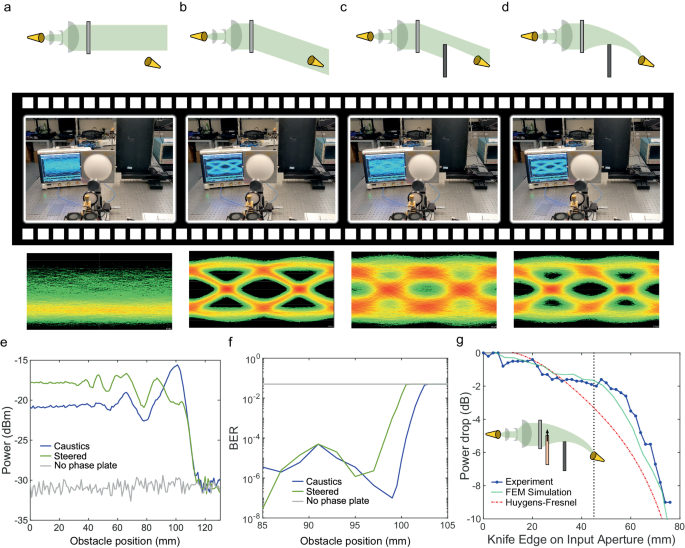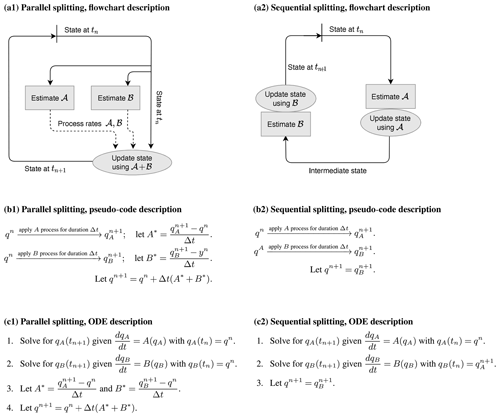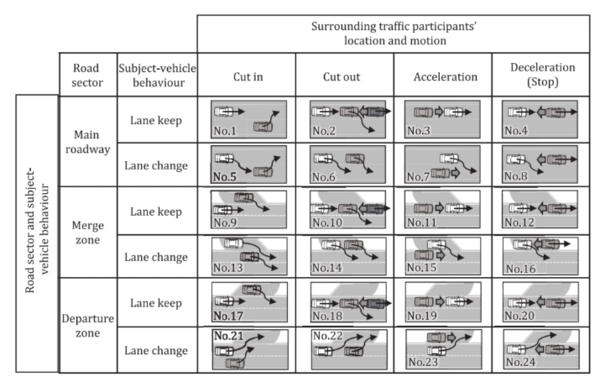2024-04-09 ブラウン大学
<関連情報>
- https://www.brown.edu/news/2024-04-09/curving-beams
- https://www.nature.com/articles/s44172-024-00206-3
- https://pubs.aip.org/aip/app/article/3/5/051601/1024438/Invited-Article-Channel-performance-for-indoor-and
障害物を避けてテラヘルツ無線データリンクを湾曲させる Curving THz wireless data links around obstacles
Hichem Guerboukha,Bin Zhao,Zhaoji Fang,Edward Knightly & Daniel M. Mittleman
Communications Engineering Published:30 March 2024
DOI:https://doi.org/10.1038/s44172-024-00206-3

Abstract
A key challenge in millimeter-wave and terahertz wireless networks is blockage of the line-of-sight path between a base station and a user. User and environmental mobility can lead to blockage of highly directional beams by intervening people or objects, yielding link disruptions and poor quality of service. Here, we propose a solution to this problem which leverages the fact that, in such scenarios, users are likely to be located within the electromagnetic near field of the base station, which opens the possibility to engineer wave fronts for link maintenance. We show that curved beams, carrying data at high bit rates, can realize a link by curving around an intervening obstacle. We develop a model to analyze and experimentally evaluate the bandwidth limitations imposed by the use of self accelerating beams. We also demonstrate that such links employ the full aperture of the transmitter, even those portions which have no direct line of sight to the receiver, emphasizing that ray optics fails to capture the behavior of these near-field wave fronts. This approach, which is ideally suited for use at millimeter-wave and terahertz frequencies, opens vast new possibilities for wave front management in directional wireless networks.
招待論文:屋内外テラヘルツ無線リンクのチャネル性能 Invited Article: Channel performance for indoor and outdoor terahertz wireless links
Jianjun Ma;Rabi Shrestha;Lothar Moeller;Daniel M. Mittleman
APL Photonics Published:February 06 2018
DOI:https://doi.org/10.1063/1.5014037

One of the most exciting future applications of terahertz technology is in the area of wireless communications. As 5G systems incorporating a standard for millimeter-wave wireless links approach commercial roll-out, it is becoming clear that even this new infrastructure will not be sufficient to keep pace with the rapidly increasing global demand for bandwidth. One favorable solution that is attracting increasing attention for subsequent generations of wireless technology is to use higher frequencies, above 100 GHz. The implementation of such links will require significant advances in hardware, algorithms, and architecture. Although numerous research groups are exploring aspects of this challenging problem, many basic questions remain unaddressed. Here, we present an experimental effort to characterize THz wireless links in both indoor and outdoor environments. We report measurements at 100, 200, 300, and 400 GHz, using a link with a data rate of 1 Gbit/s. We demonstrate both line-of-sight and non-line-of-sight (specular reflection) links off of interior building walls. This work represents a first step to establish the feasibility of using THz carrier waves for data transmission in diverse situations and environments.




